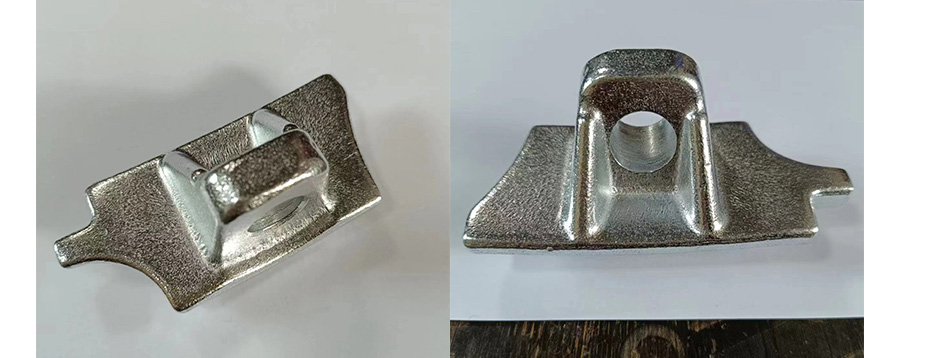In trucks, the chassis parts serve as the backbone, providing structural support and ensuring stability and durability on the road. Understanding the various components that make up the truck chassis is essential for truck owners, operators, and enthusiasts alike. Let’s delve into the world of truck chassis parts to gain insight into their importance and functionality.
1. Frame: The frame forms the foundation of the chassis, supporting the weight of the entire truck and its cargo. Typically made of steel or aluminum, the frame undergoes rigorous testing to ensure it can withstand heavy loads and various road conditions.
2. Suspension System: The suspension system comprises components such as springs, shock absorbers, and linkages that connect the wheels to the chassis. It plays a crucial role in providing a smooth ride, absorbing shocks from uneven terrain, and maintaining vehicle stability.
3. Axles: Axles are responsible for transferring power from the engine to the wheels, enabling movement. Trucks often have multiple axles, with configurations such as single, tandem, or tri-axle setups depending on the vehicle’s weight capacity and intended use.
4. Steering Mechanism: The steering mechanism allows the driver to control the direction of the truck. Components such as the steering column, steering gearbox, and tie rods work together to translate the driver’s input into turning motion, ensuring precise handling and maneuverability.
5. Braking System: The braking system is essential for safety, allowing the driver to slow down or stop the truck when needed. It includes components such as brake drums, brake shoes, hydraulic lines, and brake chambers, all working together to provide reliable braking performance.
6. Fuel Tanks and Exhaust System: Fuel tanks store the truck’s fuel supply, while the exhaust system directs exhaust gases away from the engine and cabin. Properly positioned and securely mounted fuel tanks and exhaust components are crucial for safety and compliance with emissions regulations.
7. Cross Members and Mounting Points: Cross members provide additional structural support to the chassis, while mounting points secure various components such as the engine, transmission, and body to the frame. These components ensure proper alignment and distribution of weight, contributing to overall vehicle stability and performance.
8. Safety Features: Modern trucks incorporate safety features such as roll bars, side impact protection, and reinforced cab structures to enhance occupant protection in the event of a collision or rollover.
In conclusion, truck chassis parts form the foundation of heavy-duty vehicles, providing structural integrity, stability, and safety on the road. By understanding the function and importance of these components, truck owners and operators can ensure proper maintenance and maximize the lifespan of their vehicles. Whether it’s navigating challenging terrain or hauling heavy loads, a well-maintained chassis is essential for a smooth and reliable driving experience.
Post time: Mar-18-2024






